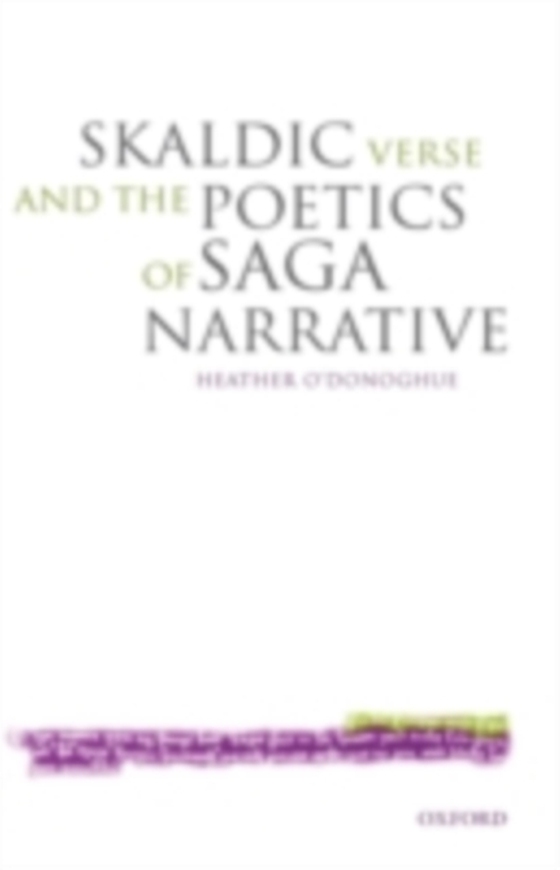
Skaldic Verse and the Poetics of Saga Narrative e-bog
1550,91 DKK
(ekskl. moms 1240,73 DKK)
Skaldic Verse and the Poetics of Saga Narrative is a study of the varying relationships between verse and prose in a series of Old Norse-Icelandic saga narratives. It shows how the interplay of skaldic verse, with its metrical intricacy and cryptic diction, and saga prose, with its habitual spare clarity, can be used to achieve a wide variety of sophisticated stylistic and psychological effects...
E-bog
1550,91 DKK
Forlag
OUP Oxford
Udgivet
11 august 2005
Genrer
Literary studies: ancient, classical and medieval
Sprog
English
Format
pdf
Beskyttelse
LCP
ISBN
9780191533051
Skaldic Verse and the Poetics of Saga Narrative is a study of the varying relationships between verse and prose in a series of Old Norse-Icelandic saga narratives. It shows how the interplay of skaldic verse, with its metrical intricacy and cryptic diction, and saga prose, with its habitual spare clarity, can be used to achieve a wide variety of sophisticated stylistic and psychological effects. In sagas, there is a fundamental distinction between verseswhich are ostensibly quoted to corroborate what is stated in the narrative, and verses which are presented as the speech of characters in the saga. Corroborative verses are typical of-but not confined to-historical writings, the verses acting as a footnote to the narrative. Dialogue verses, with their illusionthat saga characters break into verse at crucial points in the story, belong to the realm of fiction. This study, which focuses on historical writings such as grip and Heimskringla, and three of the major family sagas, Eyrbyggja saga, Gisla saga and Grettis saga, shows that a close reading of the prosimetrum in the narrative can be used to chart the complex and delicate boundaries between history and fiction in the sagas. When skaldic stanzasare presented as the dialogue of saga characters, the characteristic naturalism of these narratives is breached. But some saga authors, as this book shows, extend still further the expressiveness of saga narrative, presenting skaldic stanzas as the soliloquies of saga characters. This technique enables the direct articulation of emotion, and hencedramatic focalization of the narrative and the creation of psychological climaxes. As an epilogue, Heather O'Donoghue considers the absence of such effects in Hrafnkels saga-a highly literary narrative without verses.
 Dansk
Dansk

